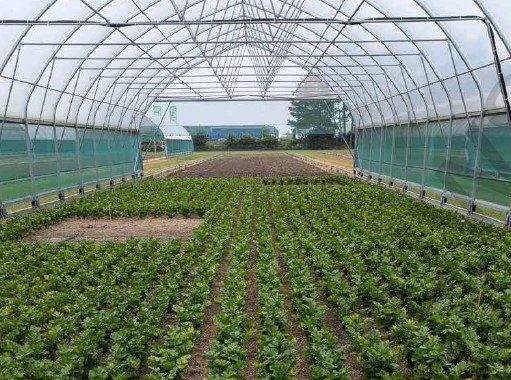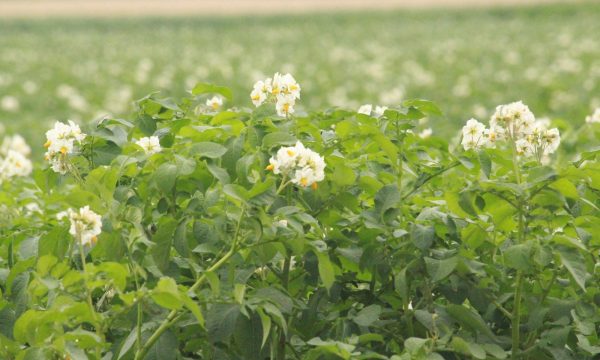In the media Mulch provides more stable yield in celery despite drought

In response to climate change, breeding has been pushing for more drought tolerance for years. But increasing climate extremes require faster solutions, in terms of cultivation technology, for example. Mulch acts like a sponge and can increase water availability for the crop, according to a trial in celery. But there are also some caveats.
Due to climate change, Flanders (Belgium) is increasingly facing extreme weather conditions, ranging from extremely dry years to extremely wet years. What's more, within the same growing season an extreme drought can be followed by an extreme wet period, and vice versa. These extremes create many problems for farmers. Investments have been made for years to breed more drought-tolerant crops, but because of the rapid succession of different extremes, help cannot come quickly enough. If the plants can't adapt fast enough, the question arises: can we adapt? How can we try to deal with weather extremes through cultivation techniques? Applying mulch seems to be a viable option here. Control plot with celery without mulch. HYDRAS rain caps (in background) can be used to induce drought.Lees het volledige artikel uit Proeftuinnieuws van 9 mei 2025
Soilstruct project
Meer info in het project 'Bodem gestructureerd, bodem klimaatrobuust beheerd'


